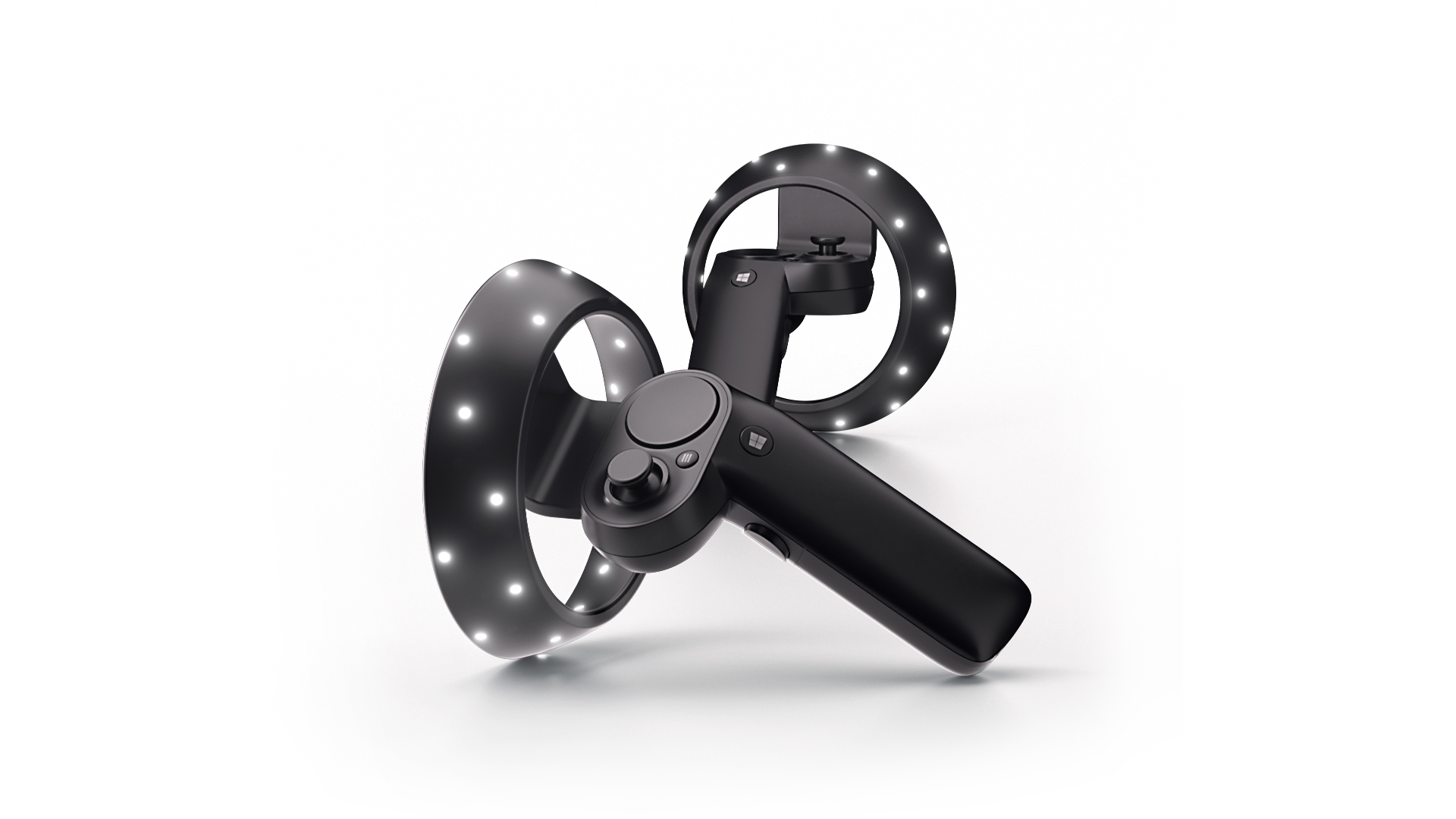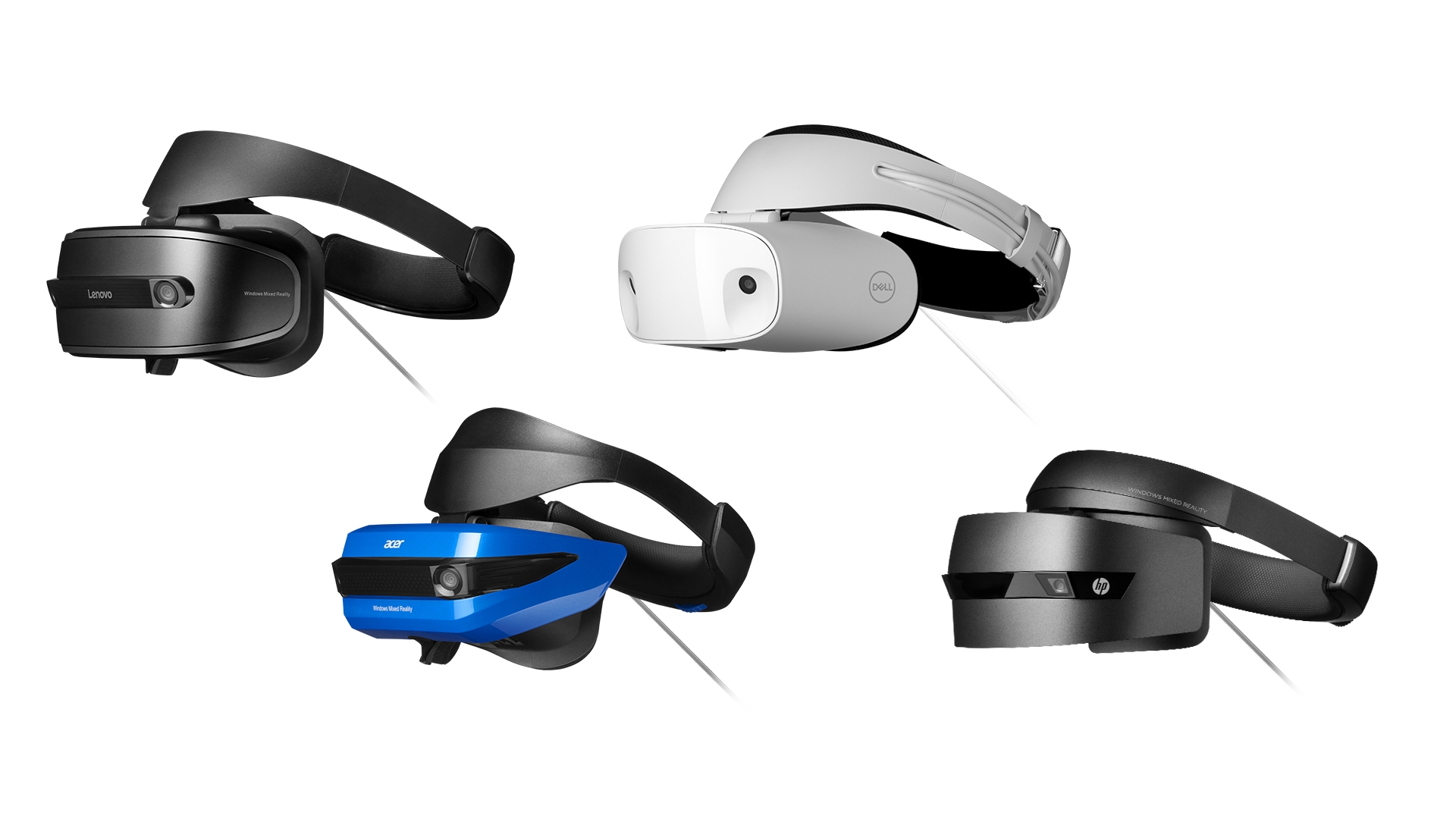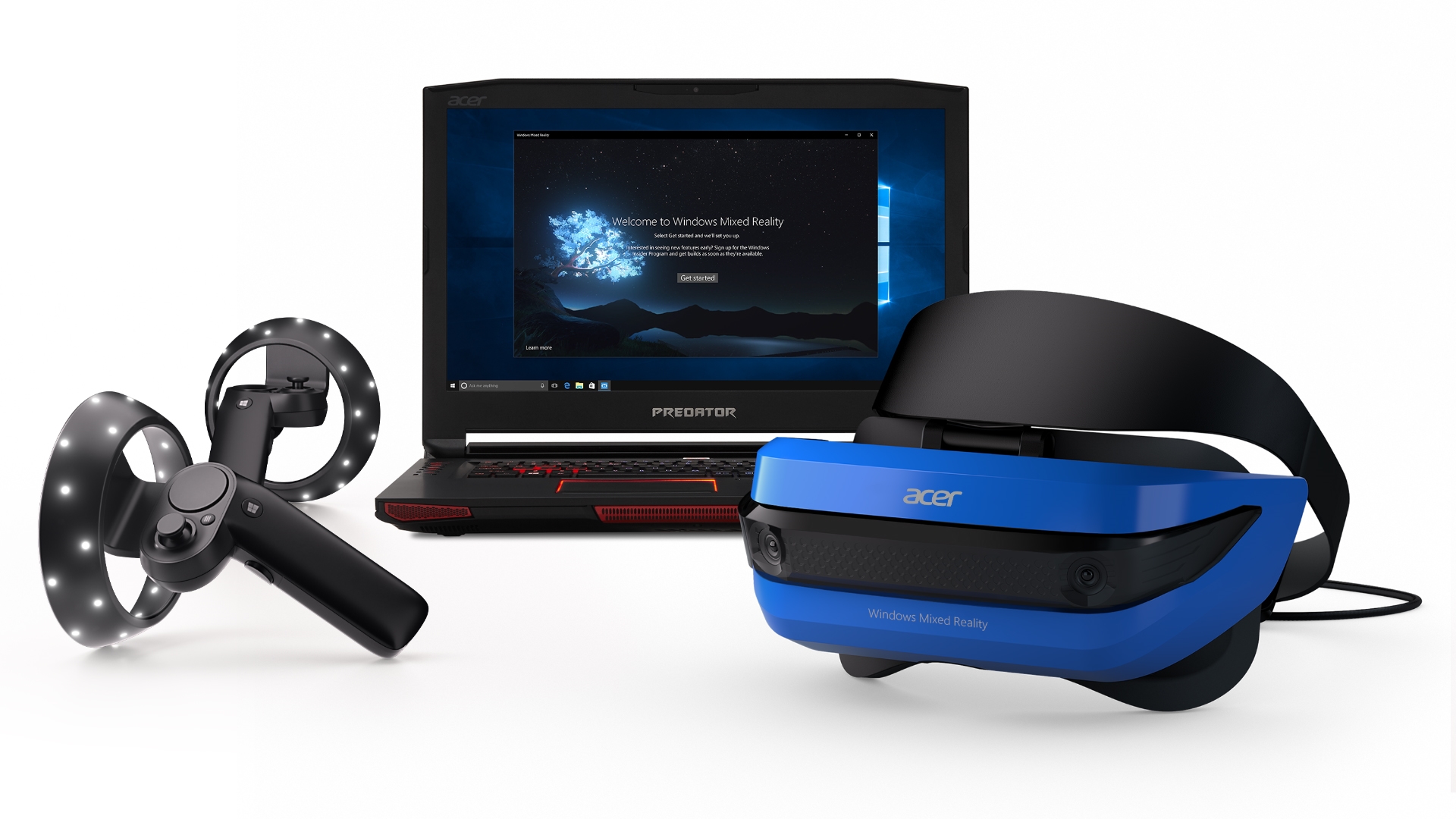After nearly two years, Microsoft is months away from releasing its first Windows Mixed Reality headset to the public. The first out the gate will be Acer’s $300 VR headset, which runs on the same platform as the HoloLens and therefore already has access to a whole plethora of Windows 10 apps. But a VR headset isn’t any fun without games, right? That’s why today Microsoft has announced that Windows Mixed Reality headsets will be compatible with a slew of different titles, including some from one of the biggest names in VR: Steam.
“The introduction of Windows Mixed Reality headsets is a big step forward for VR,” said Valve Software’s Joe Ludwig in a statement. “Working with Microsoft to include Steam VR compatibility with these devices is also a big step in growing VR as an open platform for developers and consumers. With a broad range of hardware options available from leading PC manufacturers, the Steam community will have more choice than ever to experience the amazing potential of VR.”

In a closed-door demonstration last week, I tried the Acer headset with several titles that are already available from the Steam store, such as Space Pirate Trainer, Superhot, Arizona Sunshine and Rec Room. I also tried Microsoft’s Windows Mixed Reality controllers for the first time (unfortunately, I wasn’t allowed to take photos of the hardware). And after a short time with the headset and controllers, I was pleasantly surprised how my experience felt on par with that of either an HTC Vive or an Oculus Rift, both of which cost $100 to $200 more than the Acer (the Acer headset and controller bundle will retail for $399, while an Oculus bundle is $499 and the HTC Vive kit is $599).
The controllers look like a combination of both the HTC Vive wands and the Oculus Touch controllers, mashed into a single device. They’re long and slender like the wands, while the button layout has a thumbstick, a trackpad and a menu button. Underneath, there’s a grip as well as trigger mechanisms, and sitting on the top part of the wand is a Windows shortcut, which leads you straight back into the Windows Mixed Reality living room environment.
They slipped on without a lot of fuss, and I got used to the controllers right away. The positional tracking picked them up immediately, and I was soon able to see and control my virtual hands. As for the controls, I had thought that using both the thumbstick and the trackpad would be a little confusing, but it depends on the game. Sometimes I used the trackpad to teleport and the thumbstick to control the camera, while other times I used the thumbstick exclusively. I generally prefer the wand of the Vive and the thumbsticks of the Touch, so for me, the Windows controllers offered the best of both worlds.

While I only had a few minutes or so to play each game, there was hardly any lag at all, and I didn’t spot any notable deficiencies in resolution or image quality in any of the games I played: The Acer headset touts a 1,440 x 1,440 resolution for each eye, while both the Rift and the Vive have a 1,080 x 1,200 resolution per eye. I experienced no nausea and felt completely comfortable, whether I was shooting spaceships out of the sky in Space Pirate Trainer or punching animated silhouettes in Superhot.
All of the above games were running on a pretty beefy gaming laptop that had an Nvidia Geforce GTX 1080 card. But the beauty of Windows Mixed Reality, according to Microsoft, is that you could also run it on relatively low-powered laptops with integrated graphics. To demonstrate this, Microsoft had me try on the same Acer headset but attached to a 13-inch HP Spectre. The graphics didn’t seem quite as bright or sharp, but navigation still felt pretty smooth. Microsoft did warn me that you can’t run super high-powered games with integrated graphics, and you can’t have multiple apps running at the same time either. But I was still able to craft blocky buildings in Minecraft VR and teleport around the virtual living room in Windows.
Steam compatibility is just the beginning. Microsoft teased that it’s working with 343 Industries to “bring future Halo experiences into mixed reality.” The company won’t reveal specifics at the moment, but it apparently has more mixed-reality news set for IFA. So stay tuned for more news from Microsoft in Berlin in the coming days.
Follow all the latest news from IFA 2017 here!
(179)

